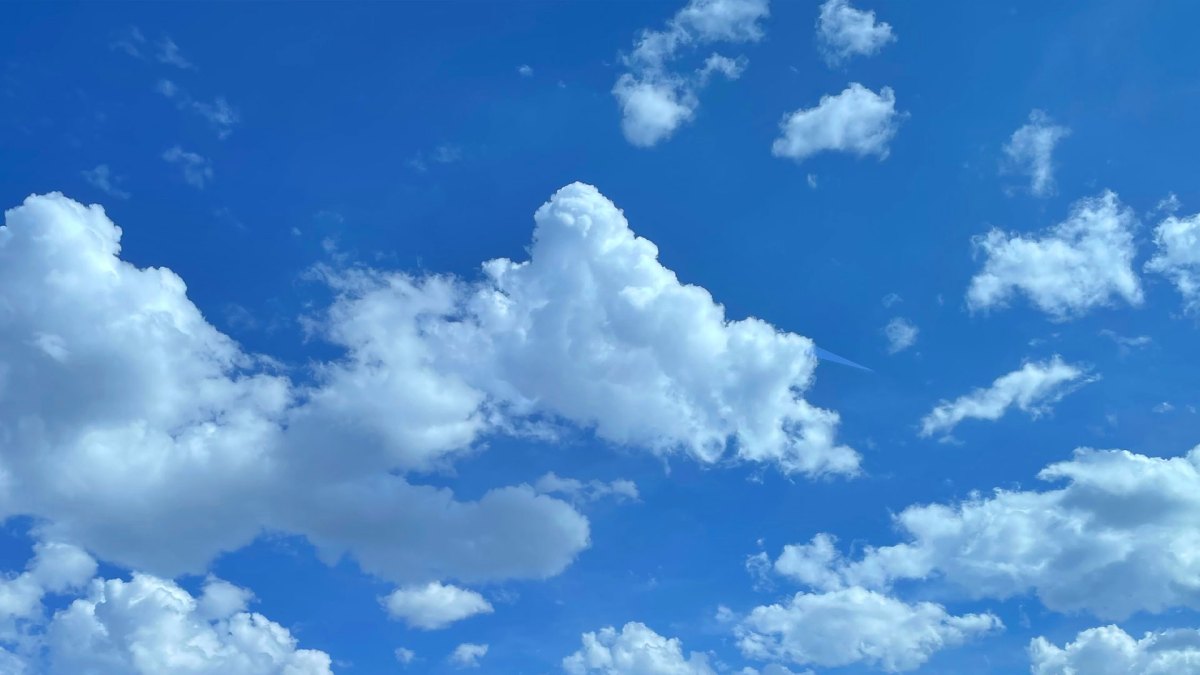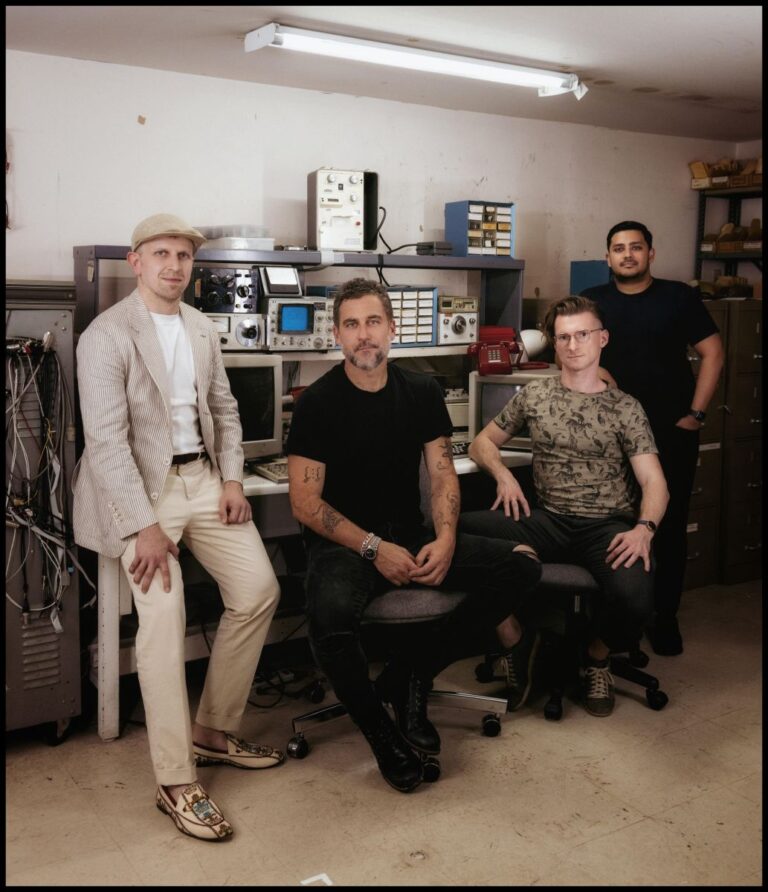Trump’s EPA Takes Action Against Two-Man Geoengineering Startup for Air Pollution Violations
As the world grapples with the urgent need to address climate change, the discussion around geoengineering has gained momentum. This controversial practice focuses on modifying the atmosphere to mitigate the effects of climate change, particularly the catastrophic warming driven by fossil fuel consumption.
The Controversy Surrounding Geoengineering
Many experts are divided on the viability of geoengineering. While some believe it may be the only viable solution due to delayed action on carbon emissions, others caution against conducting unintended experiments on the planet’s climate. The primary concerns center around the potential risks and unknown consequences of these interventions.
Make Sunsets: A Bold Approach to Climate Intervention
One startup making waves in the geoengineering arena is Make Sunsets. This Silicon Valley-based company has intrigued the U.S. Environmental Protection Agency (EPA) with its innovative method of climate intervention.
How Does Make Sunsets Operate?
Make Sunsets employs a unique technique that involves:
- Releasing weather balloons filled with hydrogen gas and sulfur dioxide particles.
- Allowing the balloons to ascend to altitudes above 66,000 feet, where they burst and disperse sulfur dioxide particles.
- Utilizing these particles to scatter sunlight, thereby contributing to a slight cooling effect on Earth.
The company markets “cooling credits” based on the estimated warming each balloon release mitigates. So far, Make Sunsets has secured $750,000 in funding from notable investors such as Boost VC, Draper Associates, and Pioneer Fund.
The Science Behind Sulfur Dioxide and Climate
While neither of the founders are scientists, the underlying science supporting the use of sulfur dioxide for solar reflectivity is well-established. A significant instance occurred in 2020 when the reduction of sulfur content in marine fuels inadvertently proved its role in global albedo, or the Earth’s average reflectivity. Some climate experts have even advocated for similar practices.
Potential Risks and Concerns
Despite the scientific backing, the complexity of the global climate system raises concerns about the unintended consequences of such geoengineering methods:
- Possible disruption of rainfall patterns, causing droughts in some areas while inducing rainstorms in others.
- Health risks associated with sulfur dioxide particles drifting closer to the ground, potentially exacerbating respiratory issues such as asthma.
Regulatory Challenges Ahead
The EPA has expressed reservations regarding Make Sunsets’ geoengineering practices. According to EPA Administrator Lee Zeldin, the agency is currently investigating the startup, as sulfur dioxide is classified as an air pollutant.
Make Sunsets maintains that their operations are compliant with the Weather Modification Act of 1976, and they report their deployments annually to NOAA as required. However, the law’s original intent was likely focused on cloud seeding rather than large-scale climate modification, leaving room for interpretation.
The Bigger Picture: Pollution and Accountability
While the EPA’s scrutiny of Make Sunsets may seem justified, there are questions about consistency regarding pollution control. The agency’s initiatives to support the coal industry could result in far greater sulfur dioxide emissions than those produced by Make Sunsets’ balloon releases. For context:
- A single balloon from Make Sunsets released approximately 1,715 grams of sulfur dioxide.
- In 2023, U.S. power plants emitted around 650,000 tons of sulfur dioxide, largely from coal, equating to about 343,900,000 balloons.
For more insights into the implications of geoengineering and climate change, visit Climate.gov.







